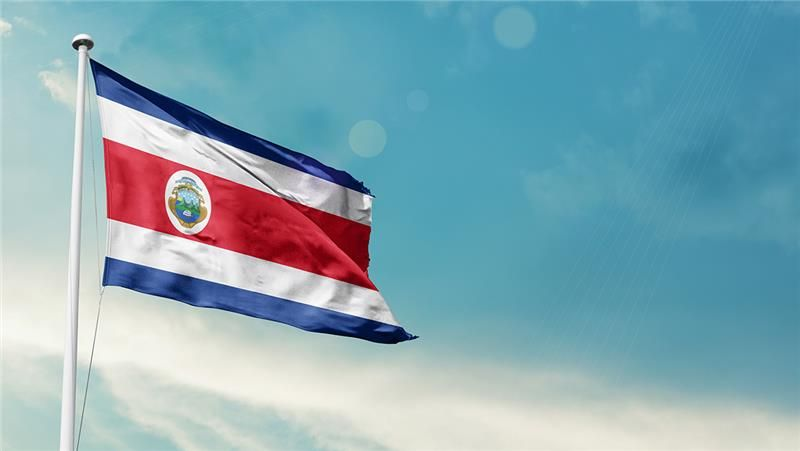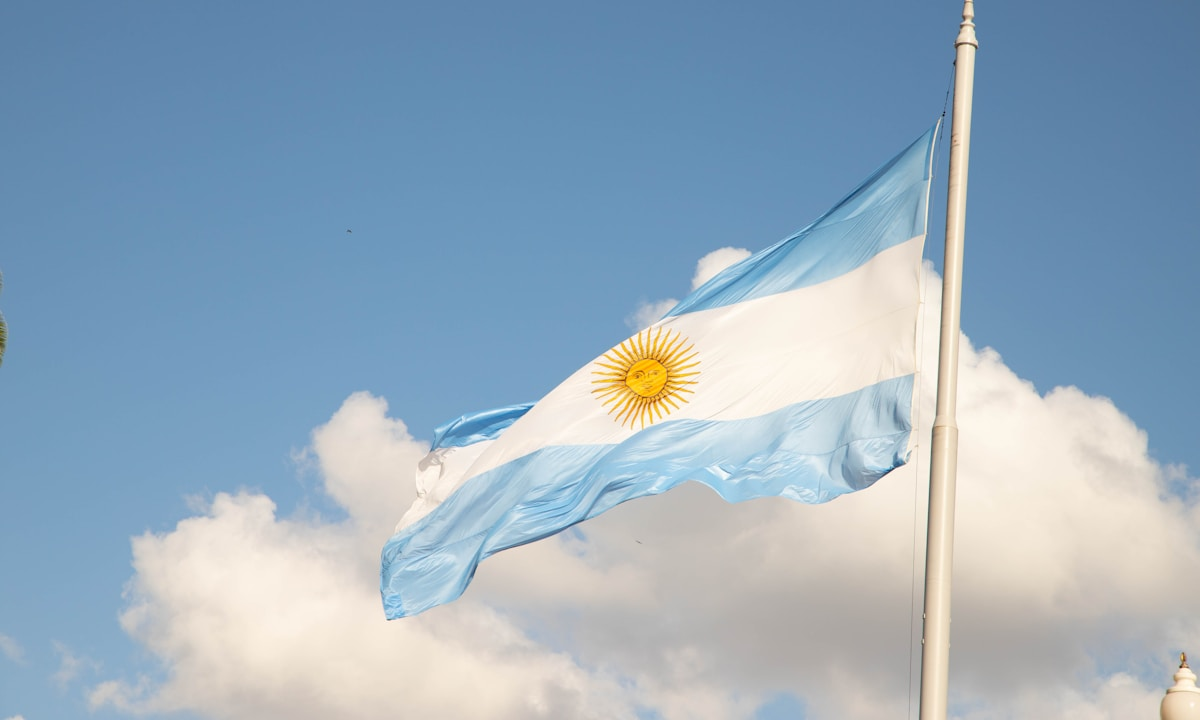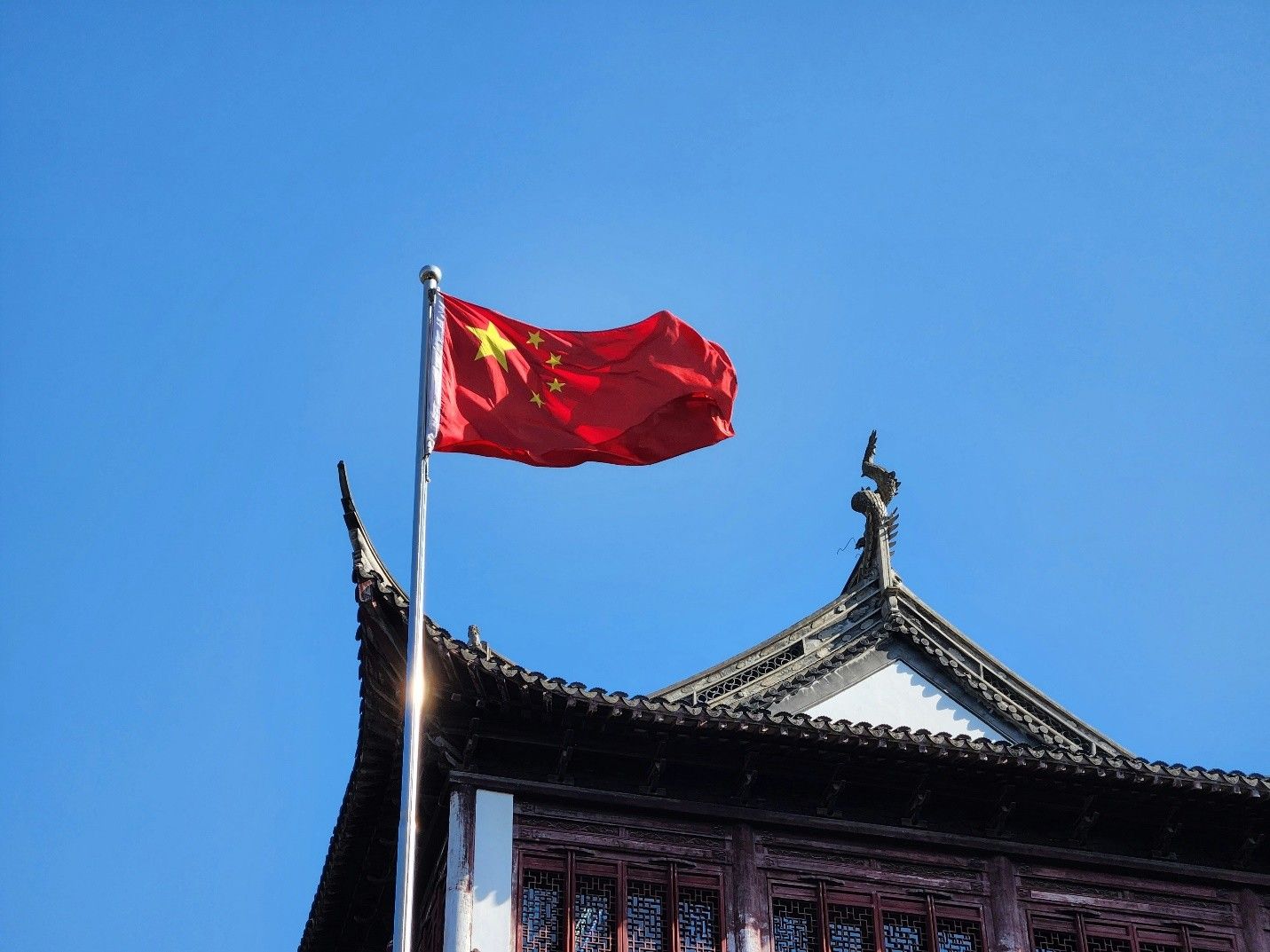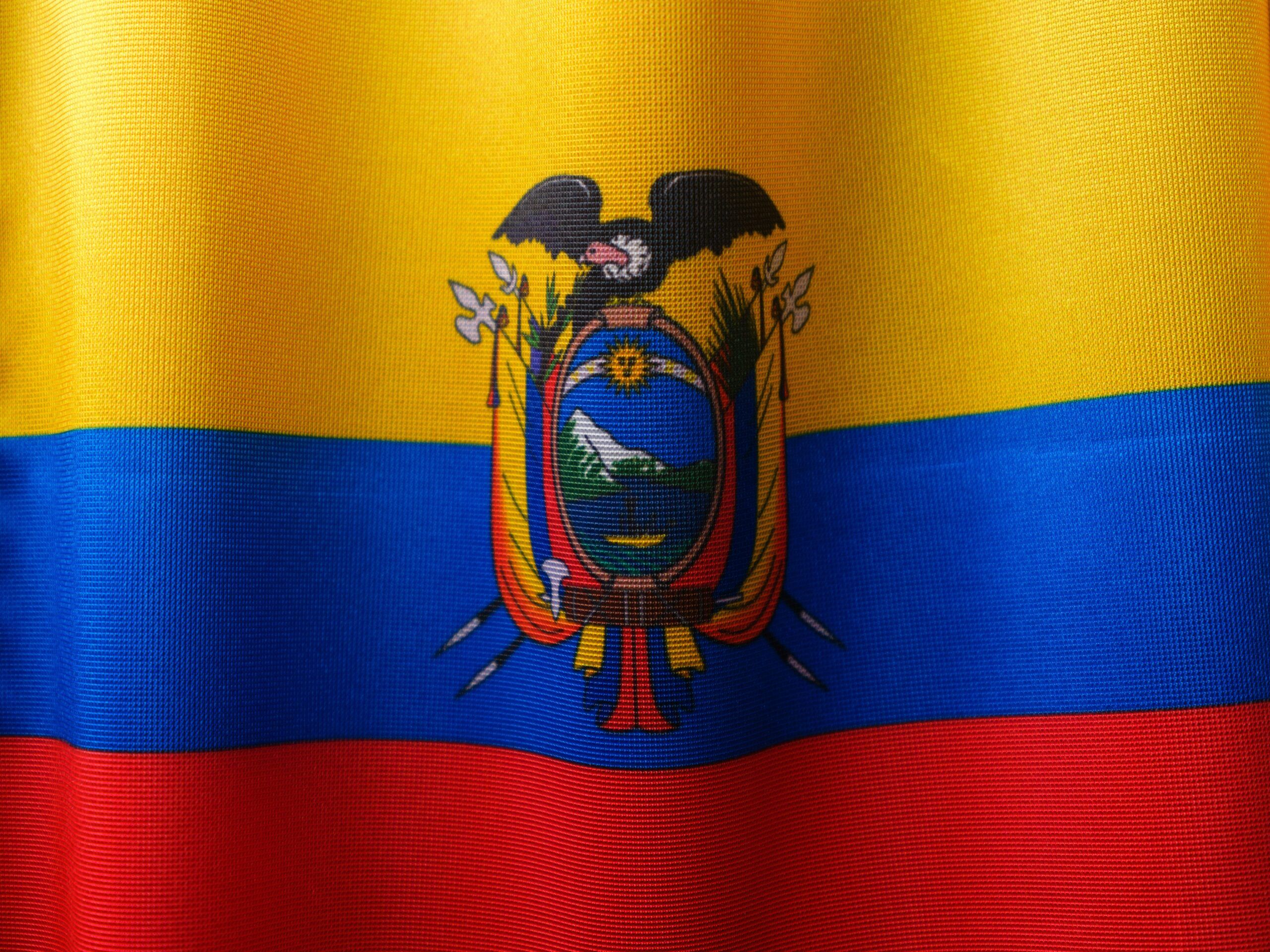Political Risk, Week in Review
Iran: Regime unity under pressure
The death of President Ebrahim Raisi in a helicopter crash in late May has brought added uncertainty to a political climate already troubled by a combustible mixture of simmering domestic discontent, escalating tensions with Israel and its allies (including the U.S.), and the potential for a destabilizing battle to choose a successor to Ayatollah Ali Khamenei, whose advanced age and faltering health suggest that a handover of power is likely to become necessary sooner rather than later. Raisi had been among the top contenders to replace Khamenei, along with the supreme leader’s son, Ayatollah Mojtaba Khamenei, who is now the clear front-runner for the job, but is reviled by large sections of the population for his role in a deadly crackdown on protests that followed the disputed 2009 presidential election and is viewed as a less-than-ideal candidate in some quarters within the clerical establishment.
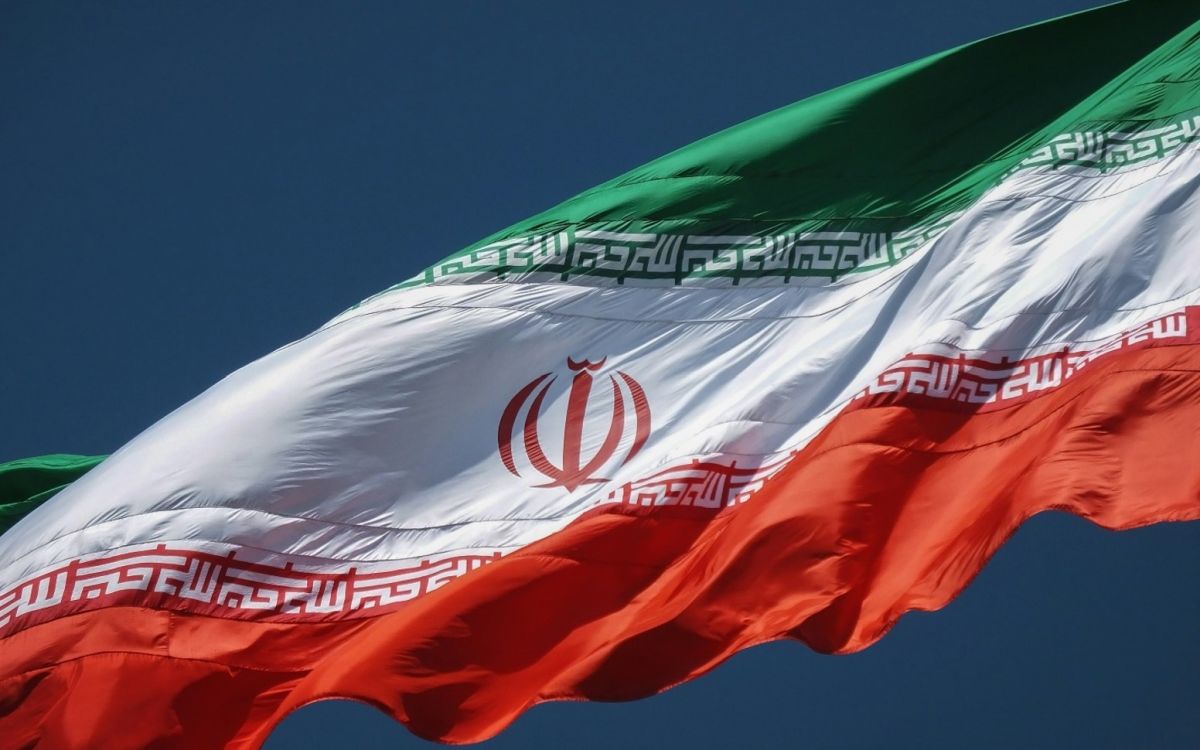
The death of President Ebrahim Raisi in a helicopter crash in late May has brought added uncertainty to a political climate already troubled by a combustible mixture of simmering domestic discontent, escalating tensions with Israel and its allies (including the U.S.), and the potential for a destabilizing battle to choose a successor to Ayatollah Ali Khamenei, whose advanced age and faltering health suggest that a handover of power is likely to become necessary sooner rather than later. Raisi had been among the top contenders to replace Khamenei, along with the supreme leader’s son, Ayatollah Mojtaba Khamenei, who is now the clear front-runner for the job, but is reviled by large sections of the population for his role in a deadly crackdown on protests that followed the disputed 2009 presidential election and is viewed as a less-than-ideal candidate in some quarters within the clerical establishment.
The snap election to fill the vacant presidency produced a surprise result, with Masoud Pezeshkian, a political moderate, winning nearly 55% of the vote in a run-off contest held in early July. It is not entirely clear why Pezeshkian’s candidacy was approved by the conservative Guardian Council, which made liberal use of its vetting authority to marginalize political moderates over the previous two election cycles. It is possible that authorities believed that the presence of a reformist might help to boost turnout—thereby imbuing the result with greater legitimacy—but never considered that someone as innocuous as Pezeshkian might win.
If that was the case, Khamenei and his inner circle clearly misjudged the depth of public discontent and the intensity of the electorate’s desire for change. Unfortunately, the new president’s impact will be limited.
Pezeshkian has acknowledged that any significant alleviation of economic hardship hinges on securing relief from U.S. sanctions but Iran’s president has little influence over foreign policy, which is the purview of the supreme leader and otherwise significantly shaped by elements of the military establishment that are unwavering in their hostility toward the west and Israel. More broadly, Pezeshkian has affirmed his deference to the supreme leader on social policy. To the extent that he is granted any room for maneuver by Ayatollah Khamenei, reform initiatives must be approved by the 290-member Majlis, a body in which conservative factions control more than 80% of the seats.
On balance, Pezeshkian’s election is more likely to contribute to increased instability, as the heightened expectations generated by his victory go unmet, resulting in deepening discontent, than to usher in a period of meaningful reform, reduced regional tensions, and reengagement with the west. Following the July run-off, the U.S. State Department downplayed the prospects for any substantive change in relations with Iran, and the chances will only diminish if the U.S. presidential election in early November results in the return of Donald Trump to the White House.
Raisi’s untimely demise came amid escalating tensions between Iran and Israel, which have continued to grow as the Israeli military campaign aimed at uprooting Hamas militants from their base in Gaza has expanded with the opening of a new front against Iran-backed Hezbollah militias in Lebanon. Although Iran has signaled its reluctance to engage Israel directly, Israel’s steppedup response to the provocations of Tehran’s regional proxies, including the assassination of Hamas’ political leader, Ismail Haniyeh, while he was in Iran for Pezeshkian’s inauguration in late July, fueled demands for a firm and direct response, resulting in tit-for-tat bomb strikes on targets inside Iran and Israel.
The growing threat of external conflict provides the theocratic regime with a popular rationale for clamping down on those who might dare to voice dissent in a time of national crisis. However, the risk of domestic disquiet cannot be fully contained if the government fails to address the root causes of the recent unrest, and the political tide could shift rapidly if those in power fail to maintain a united front.
The possibility that the 85-year-old Khamenei’s failing health might necessitate a change of leadership amid the current crisis poses the greatest immediate threat to conservative unity. Under current circumstances, anything less than a smooth transition could lead to infighting among the clerics that creates an opening for a destabilizing power grab by other powerful state actors, such as the IRGC.
A combination of high inflation, power shortages, and US sanctions have weighed on domestic demand, dampening the growth contribution from non-oil activity. Overall real GDP growth is forecast to slow to 3%-4% (from an estimated 4.8% last year), assuming no significant disruptions to oil production or other impediments to meeting Chinese demand for crude exports. However, risks are weighted heavily toward the downside, and a scenario in which Iran becomes embroiled in a significant military conflict with Israel would have potentially disastrous implications for the economy in the near term.
The analysis above is taken from the October 2024 Political Risk Letter (PRL). The best-in-class monthly newsletter, written by the PRS Group, provides concise, easy-to-digest briefs on up to 10 countries, with additional recaps updating prior month’s reports. Each month’s Political and Economic Forecasts Table covers 100 countries, with 18-month and five-year forecasts for KPIs such as turmoil, financial transfer and export market risk. It also includes country rating changes, providing an excellent method of tracking ratings and risk for the countries where credit professionals do business. FCIB and NACM members receive a 10% discount on PRS Country Reports and the PRL by subscribing through FCIB.
